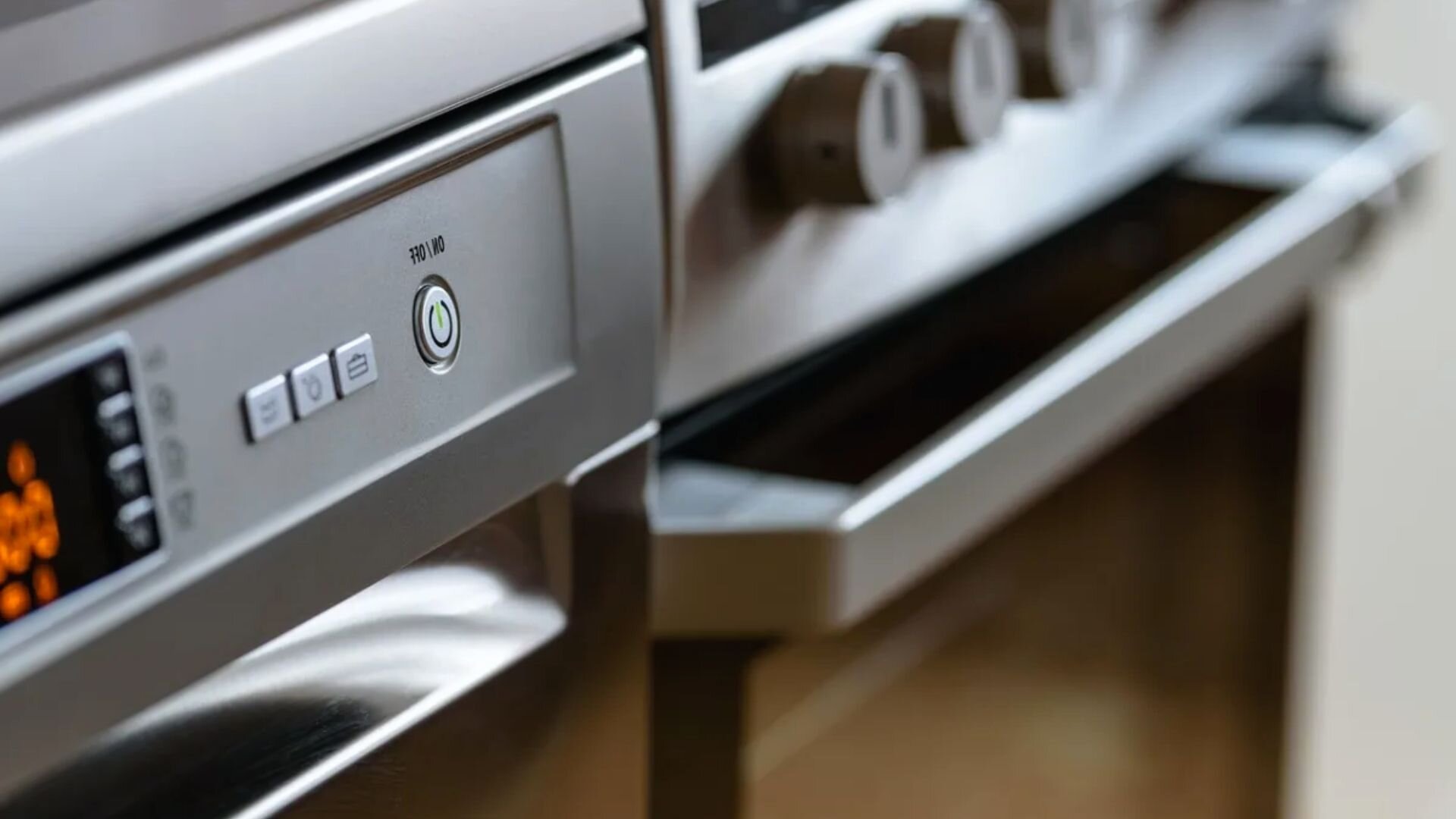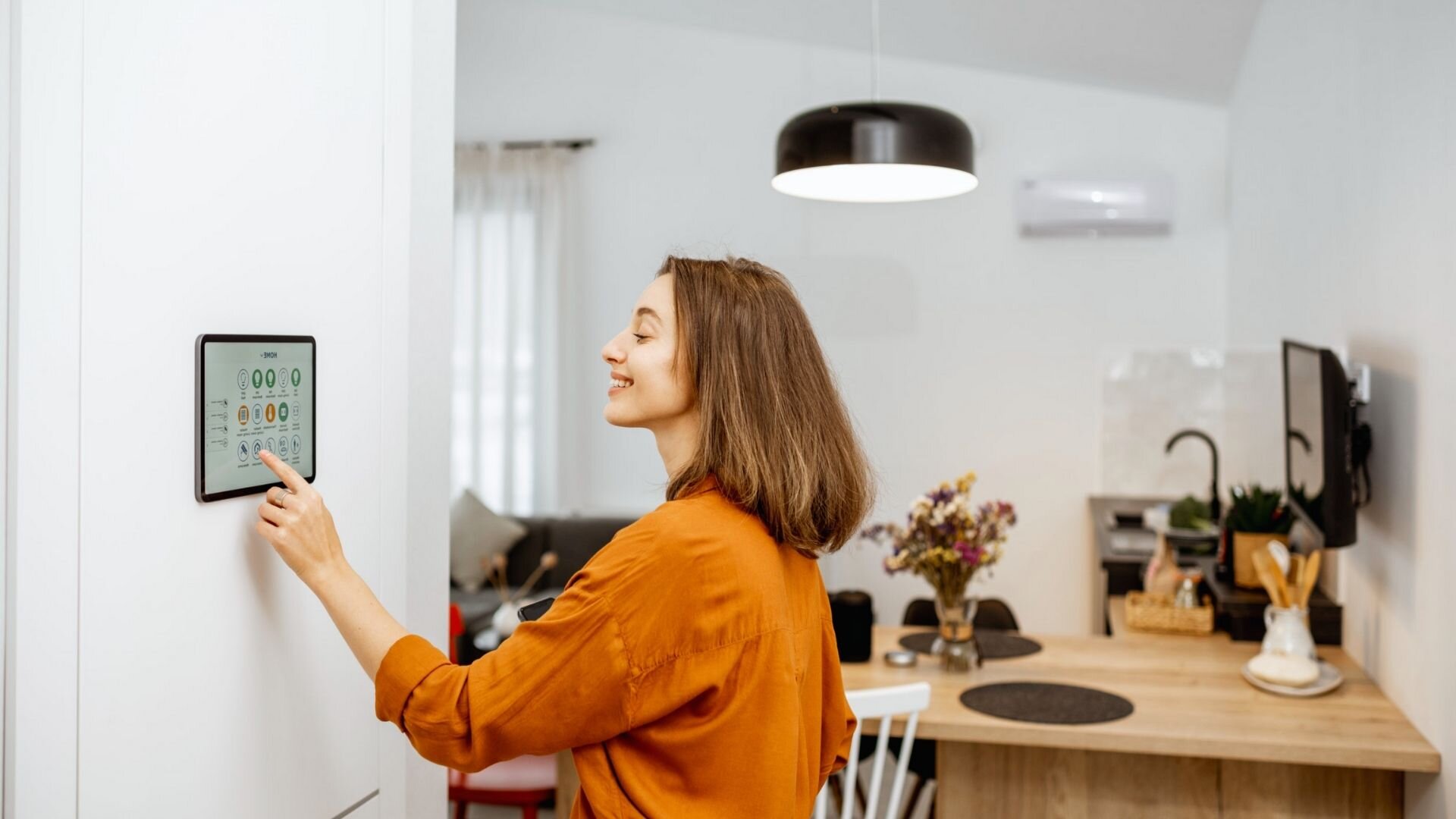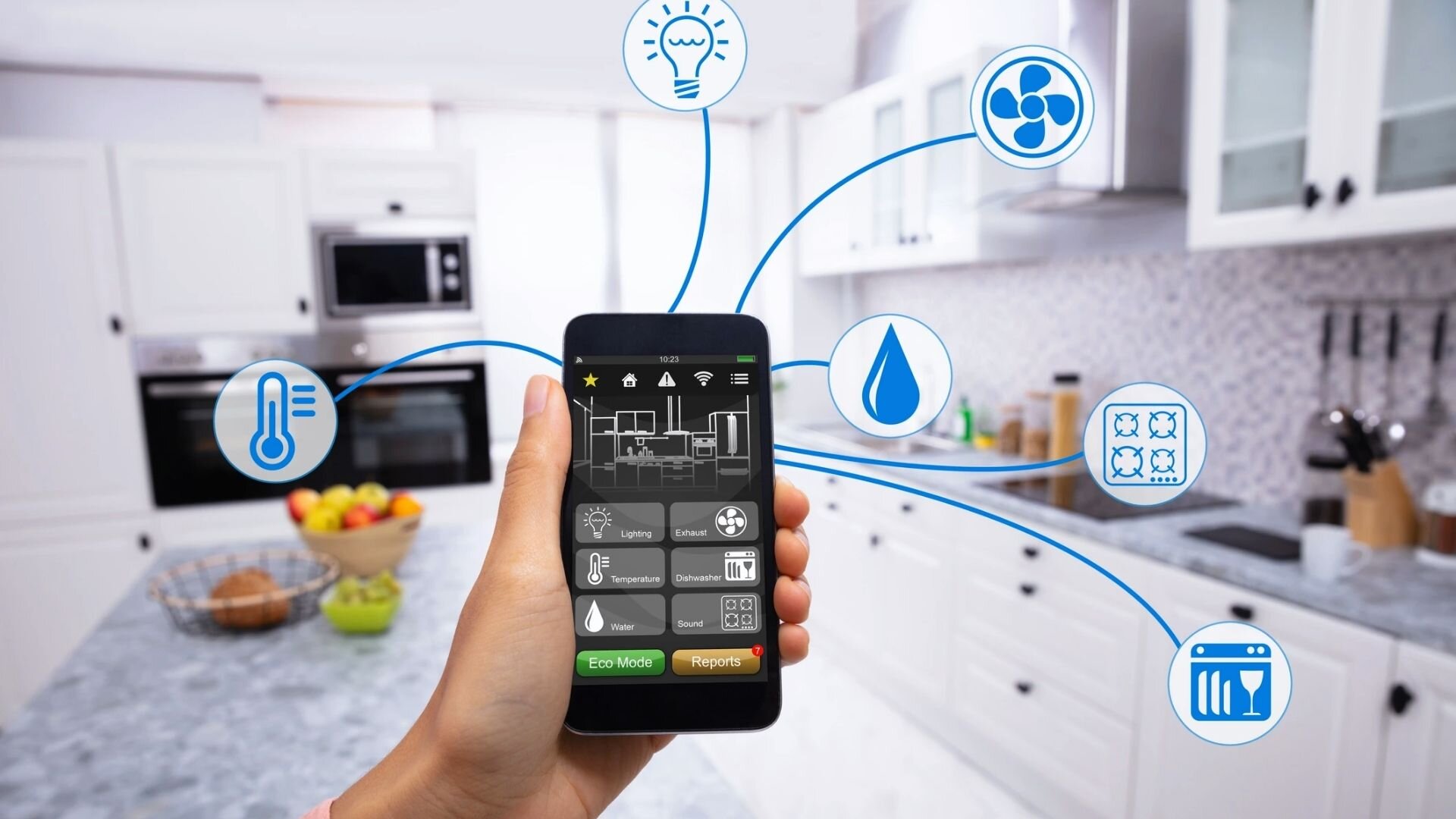Our homes are filled with electric appliances that make life easier yet impact our energy usage and bills. Consider major appliances such as refrigerators, washing machines, and dryers. Even smaller countertop devices, when plugged in, draw power, often contributing to energy consumption even if they’re not actively being used.
When choosing appliances, homeowners must consider energy efficiency ratings to minimise long-term costs and carbon footprint. This article will explore how different everyday home appliances consume electricity and contribute to residential energy consumption.
We will examine the energy use of large and small appliances, compare older inefficient models to newer Energy Star options, and identify small steps homeowners can take to reduce “vampire” or phantom load from devices in standby mode. Learn more about residential wiring guide. The goal is to raise awareness of the energy impact of our appliance choices and empower readers to make informed selections.
Understanding Energy Consumption
Understanding the essentials of energy consumption and efficiency is crucial for recognising how different appliances affect your home’s energy use. This insight is vital for making smarter choices about your energy habits.
Home energy consumption is typically measured in kilowatt-hours (kWh), representing the standard unit of electricity used. An appliance’s energy consumption depends on several factors, including usage patterns and power demand. Lifestyle habits of homeowners, climate conditions, and the age/insulation level of the home itself also influence overall household energy usage.

Heating, cooling, and water heating systems generally account for a significant portion of residential energy demand. However, other large appliances such as refrigerators, washing machines, and dryers represent primary consumption sources. Smaller devices like kitchen appliances, electronics, and lighting also use meaningful amounts of energy.
Even appliances in idle mode can draw “phantom loads” that cumulatively amount to higher bills over time. Understanding metrics of energy efficiency, annual energy use, and costs helps consumers identify options to reduce consumption. Replacing older, inefficient appliances and reducing phantom loads can lower household energy usage.
Identifying High-Energy Consumers
Knowing which household appliances and devices typically use the most energy is an essential first step in addressing residential consumption. Refrigerators, freezers and air conditioners generally top the list due to their constant energy demands to maintain cool temperatures.
Older models, in particular, may need to be more efficient and cost more to operate over time. Laundry machines like clothes washers and dryers also rank amongst high consumers since heating water and fabrics requires significant power.

Other significant energy users include kitchen equipment like stoves, ovens, and dishwashers, which heavily rely on heating elements. Additionally, swimming pool pumps and hot tub heaters are major power draws.
Less obvious but still impactful are elements like computers, gaming consoles, and TVs, which continue using electricity even when in standby mode. Auditing all major appliances’ energy ratings and running costs can help pinpoint where upgrades would achieve the biggest savings.
Tips for Reducing Energy Consumption

Upgrade Appliances
When replacing appliances, opt for new ENERGY STAR-certified models that utilise advanced technology to operate much more efficiently than older appliances. Prioritising the refrigerator, dishwasher, clothes washer and clothes dryer for upgrades can have the biggest impact on home energy savings.
Optimise Refrigeration
Refrigeration accounts for a substantial portion of household energy consumption. To optimise efficiency, homeowners should clean the condenser coils on the back of the refrigerator and underneath the freezer every six months to prevent dirt build-up that reduces performance. Checking door seals for leaks annually and replacing worn seals allows the units to run more effectively.
Limit Tumble Drying
Rather than solely relying on clothes dryers, which use large amounts of electricity, allow clothes to air dry on racks or clotheslines whenever possible. Tumble drying should be minimised to conserve energy. Washing clothes in cold water instead of hot can also dramatically reduce the energy used for laundry since heating water comprises approximately 90% of washing machine energy use.
Adjust Thermostats
Adjusting thermostat settings is a simple way to see significant energy savings. Lowering the temperature just a few degrees in winter and raising it a few degrees in summer can make heating and cooling your home noticeably more efficient. Programmable and smart thermostats allow temperature adjustments to be automated based on usage patterns for further optimisation.
Wash Clothes in Cold Water
Washing clothes using cold water instead of hot can reduce the energy used for laundry by up to 90% since water heating accounts for most energy consumption.
Insulate and Seal Air Leaks
Adding insulation and sealing air leaks around windows, doors, attics and basements with caulk and weatherstripping prevents drafts and reduces heating and cooling costs year-round. Performing an energy audit can identify problem areas.
Eliminate Phantom Loads
Unplugging electronics like TVs and phone chargers when not in use stops phantom loads from wasting power. Similarly, turning off lights in empty rooms helps conserve energy. Smart power strips provide an easy way to disconnect devices, preventing unnecessary energy drainage.
Cook Efficiently
The stove and oven account for about 5% of home energy usage. Heavy pots and pans that conduct heat better allow for quicker, more energy-efficient cooking. Matching the cookware size to the burner prevents wasted heat. Keeping oven preheat times short also reduces consumption.
Consider Renewable Energy
Over time, rooftop solar systems can offset a portion of grid-supplied power usage, reducing electricity consumption from traditional sources. Solar energy systems involve a significant upfront investment but provide renewable energy and long-term savings.
Educate Household Members
Getting all household members involved in maintaining daily energy-efficient actions maximises savings. Educating everyone on high-impact behaviours like the steps outlined creates lasting conservation habits.
Choosing Energy-Efficient Appliances
When purchasing new major home appliances, making energy efficiency a top priority can significantly reduce utility costs over the lifespan of each product. Consumers should always check the yellow EnergyGuide labels that provide estimated yearly operating costs and the ENERGY STAR logo, representing a minimum efficiency standard.

Other rating systems, like the Energy Efficiency Index, can also help compare appliances. Online research and checking manufacturer specifications help understand each model’s annual energy consumption in kilowatt-hours. Factors like refrigerator freezer positioning, dishwasher steam cycles, and clothes dryer moisture sensors directly impact how much power they use.
Seeking out the most efficient available options qualified by ENERGY STAR ensures homes use the best, most environmentally friendly technology. While more expensive initially, efficient appliances save substantially more in the long run and lower a property’s carbon footprint.
The Role Of Smart Appliances

Many appliance manufacturers have recently begun incorporating smart technology into their products. Smart appliances can connect to WiFi networks and be controlled remotely using mobile devices and voice assistants. This enables new possibilities for energy management and savings.
Through smart thermostats, homeowners can adjust heating and cooling settings from anywhere. Connected appliances like refrigerators allow making lists and checking expiration dates without returning home. Smart functionality provides data on device usage, which consumers can use to identify inefficient habits and times when appliances like washers and dryers run unnecessarily.
Automation features also let owners schedule run times for off-peak hours to take advantage of cheaper electricity rates. As the market for smart home products expands, networked appliances will likely play an increasingly important role in monitoring and optimising residential energy consumption in the years ahead.
Upgrade For Efficiency, Sustainability and Savings
Homes contain many electric appliances that substantially affect energy use and monthly utility bills. While appliances improve lifestyles with convenience, their power consumption must be appropriately managed to reduce costs and environmental impact over time.
As a leading sustainable energy solutions provider, Enersol Electrical encourages homeowners to assess their appliances and upgrade energy-efficient options where feasible. Our team of experts can evaluate a property’s specific needs and usage patterns to recommend customised solutions. These may involve replacing outdated equipment, installing smart controls, or generating renewable energy on-site.
By providing strategic guidance, Enersol Electrical helps customers lower power bills through conservation strategies and modern energy-saving technologies. Readers are invited to contact our specialists to learn more about how we can assist in leveraging appliances and other measures to minimise energy consumption at home.